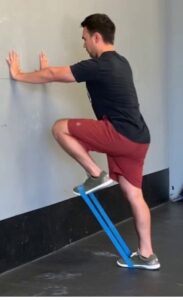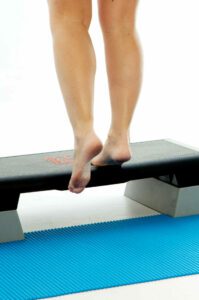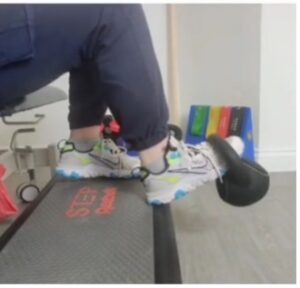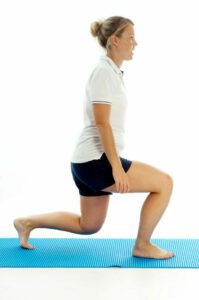Running Injuries and Prevention
Loading tissues through exercise is healthy! When managed properly it promotes positive adaptations to strength, cardiovascular fitness and even tissue healing.
Problems and Injuries often occur due to training load errors; The most common injuries in Running occur from overuse, this is always due to a training load error.
Common types of running injury:
- Bone stress injury
- Patellofemoral pain
- ITB (Illiotibial Band Syndrome)
- Shin splints
- Achilles Tendinopathy
- Plantar Fasciitis
Injury occurs when/if the load exceeds the tissues (Bone/ Muscle/ Ligament/ Tendons) capacity to handle that load; Running too high volume, intensity or frequency. Prehab and strength training will help increase tissue tolerance by restoring the balance between load and capacity to enhance performance and prevent injury.
| Capacity > Load | Injury |
| Capacity ≤ Load | Rehab |
| Capacity >> Load | Prevention (Prehab) |
Our ability to manage load and to train is influenced by a variety of factors in our lives, which all need to be considered when training regularly and especially when recovering from injury.
Things that effect Tissue capacity:
- Rest
- Sleep
- Hydration/ Diet
- Medications
- Stress
- Smoking
- Previous injury
- Strength/ Movement control
Types of Load that can be modified:
- Speed
- Mileage
- Terrain
- Hills
- Footwear
- Having a running assessment (Biomechanics)
- Type and volume of other activities
Your biomechanics (movement patterns, in this case running technique) will determine where injury or pain presents on your body. There is not one correct way to run! The best running style for you is one that is comfortable, efficient and pain free. This is why the same running technique in different people could result in a pain or no pain depending on the person. The cause of injury is not necessarily because of ‘poor technique’ alone.
Strengthening
Strength training is incredibly beneficial but is often an overlooked element by Runners. Being stronger makes you more resilient and therefore having the potential to reduce injury risk. A few Running rewards include increased endurance, joint stability and improved power output (Speed).
Rehab and Prehab will aim to reduce the load by modifying running training (Vol./Freq/Intensity) to focus on increasing the tissues tolerance through strength training to manage the goal load e.g., running 5k. The body will heal and adapt if we create the right conditions for it!
Your legs are what keeps you moving forwards, your core is where your power comes from. Performing high impact exercise regularly will have an effect on your joints. Strength training will help stabilise and strengthen joints. At Physio-logical we recommend runners to focus on functional strength training in particular core, quadriceps and glutes (Buttocks), Calfs and tibialis anterior (Shin muscle).
4 Best exercises for Runners:
Reverse Lunges
|
|
|
Hip flexor Marches
 |
|
Calf raises
 |
|
Tibialis Anterior Ankle Curls/ Toe Raise
 |
|
Once tolerance has increased, and pain reduced the load can increase. You can start to return to running, gradually changing training parameters.
If you would like any further advice, an assessment and physiotherapy treatment can be booked online, email us: enquiries@physio-logical.net or call us on 023 9435 0270.
Our Team of Therapists have a lot of experience treating Runners! Come and see us at our clinic located within Stansted Park, Rowlands Castle.





